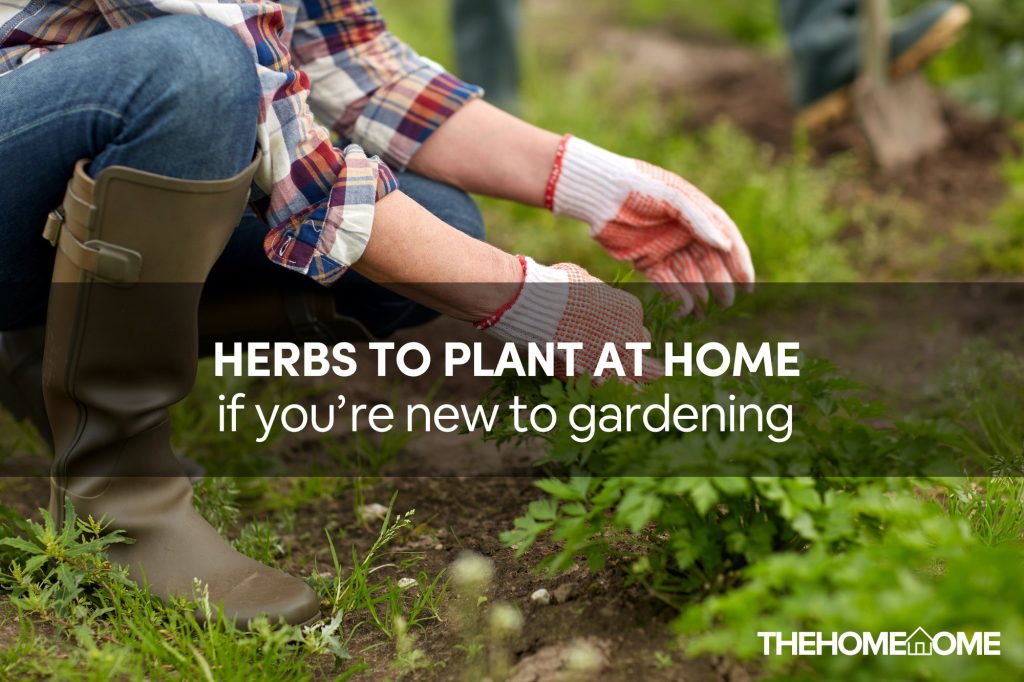Herbs are one of the most cherished plants in the world. Who wouldn’t love a plant that serves more than one purpose? Herbs are known to be used for both culinary and medicinal purposes.
The nutrients gotten from herbs are effective when the herbs are gotten and used fresh. Although a lot of people find getting herbs from the grocery store convenient, what many do not know is that growing your herbs might be more convenient and healthy than purchasing one from the store.
Many herbs are easy to grow, regardless of what kind of garden they are placed in.
You can grow herbs at your convenience i.e., indoors, in a pot, container, etc. You do not have to have years of experience to have your herb garden, you only have to provide the basic requirements and they will grow just right.
[HOT READ] 10 Easiest Vegetables to Grow (If You’re New to Gardening)
Easy Herbs to Grow In Your Garden
Are you new to gardening? Here are 10 easy-to-grow herbs.
1. Basil
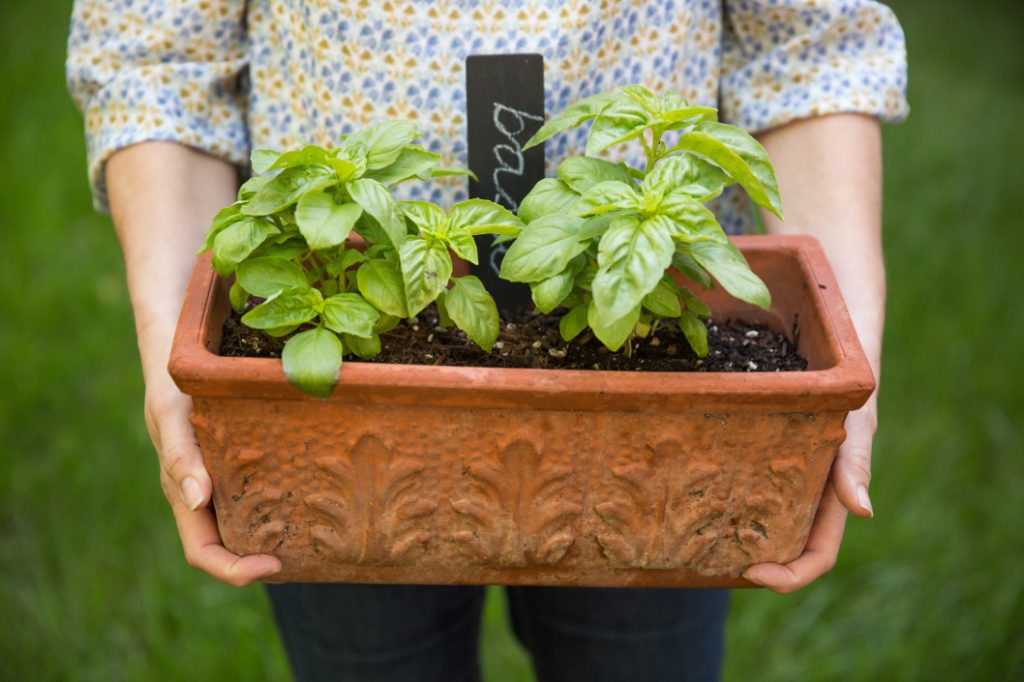
It is no surprise that basil is first on our list. The herb is one of the most popular herbs in the world, it is popularly known alongside various Italian dishes, apart from this, it is also known for its medicinal purposes. Basil is a member of the mint family, originating from India.
The plant comes in a variety of flavors as well as colors; it has colors ranging from green to deep purple all depending on the variety of basil you grow. However one thing is common to all basil, they are easy to grow and only require basic care.
Basil is a warm-weather plant, which means it will thrive best when it is provided with enough light. Basil can be grown from seed, however, it is recommended that you start indoors, when this is done, your basil should be ready for harvest in 2 to 3 months.
The herb does best in rich, moist, well-drained soil. Basil tolerates deep watering regularly, however, ensure your soil is well-drained, so your plant will not sit in water and be infected. Basil’s planting temperature is 70 degrees F for the day and 50 degrees F at night.
Instead of fertilizing, we recommend that you provide your basil with compost like this not only amends the soil but also provides your basil with adequate nutrients.
2. Rosemary
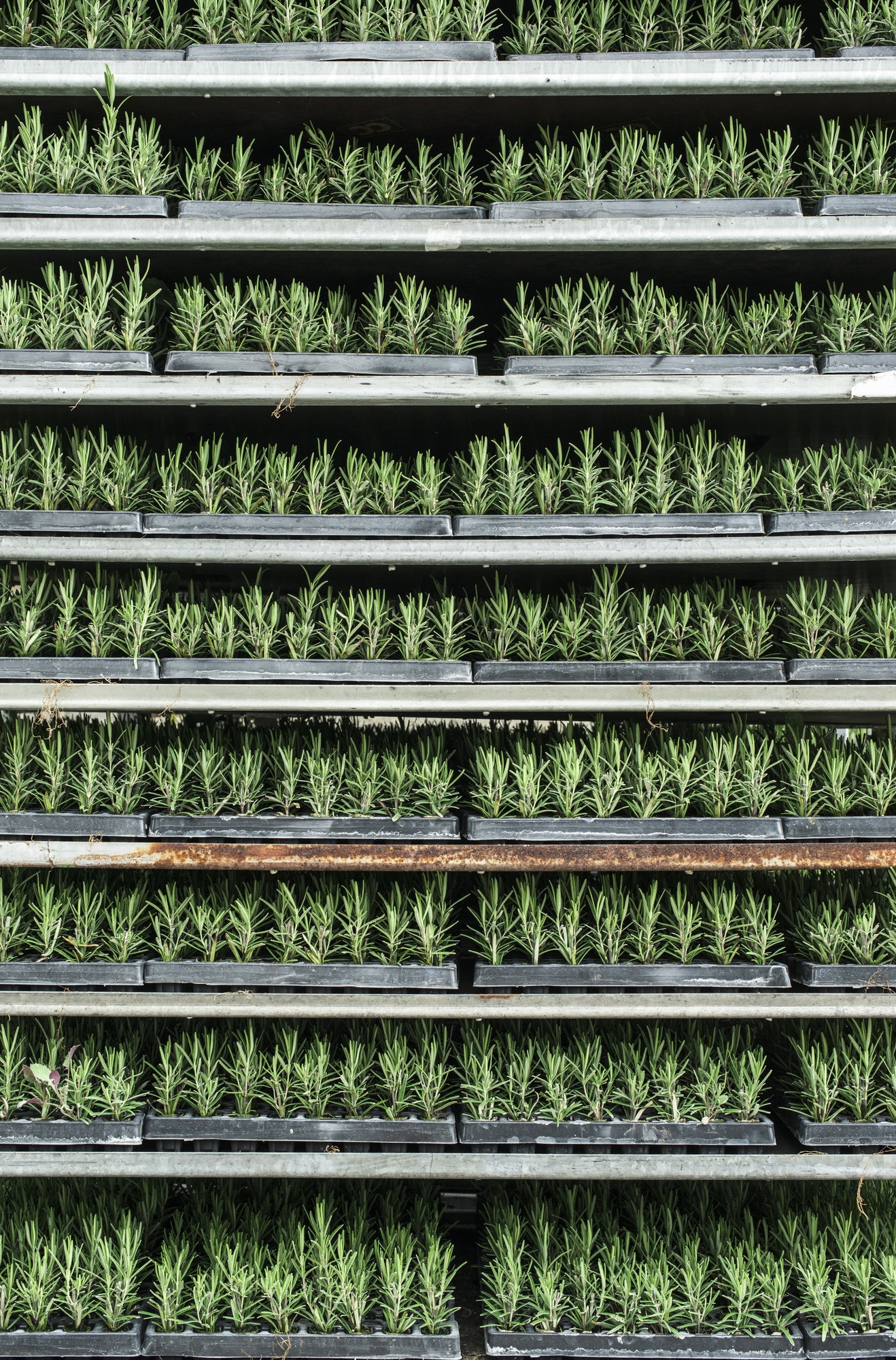
Rosemary is an all-time herb popularly used in the kitchen. It is a perennial shrub, known to grow to about 1 meter in height. However, it is majorly grown as an annual plant. The plant is characterized by its slim, near-green leaves.
Like basil, rosemary is a warm-weather plant and will enjoy being planted when the weather is warm and there is plenty of suns out. Although rosemary can be grown indoors at any time and during any season, the most important thing is for it to get adequate lighting.
Rosemary can be grown in containers, both indoor and outdoor. When planting, ensure you space the plants at about 2 feet apart. It grows best in well-drained, moisture-retaining loamy or sandy soil; the soil should be either neutral or slightly acidic.
Luckily, rosemary is drought tolerant, which means it can tolerate a little neglect; on the contrary, it cannot tolerate overwatering. As expected, adding compost will help your plant grow healthily.
3. Parsley
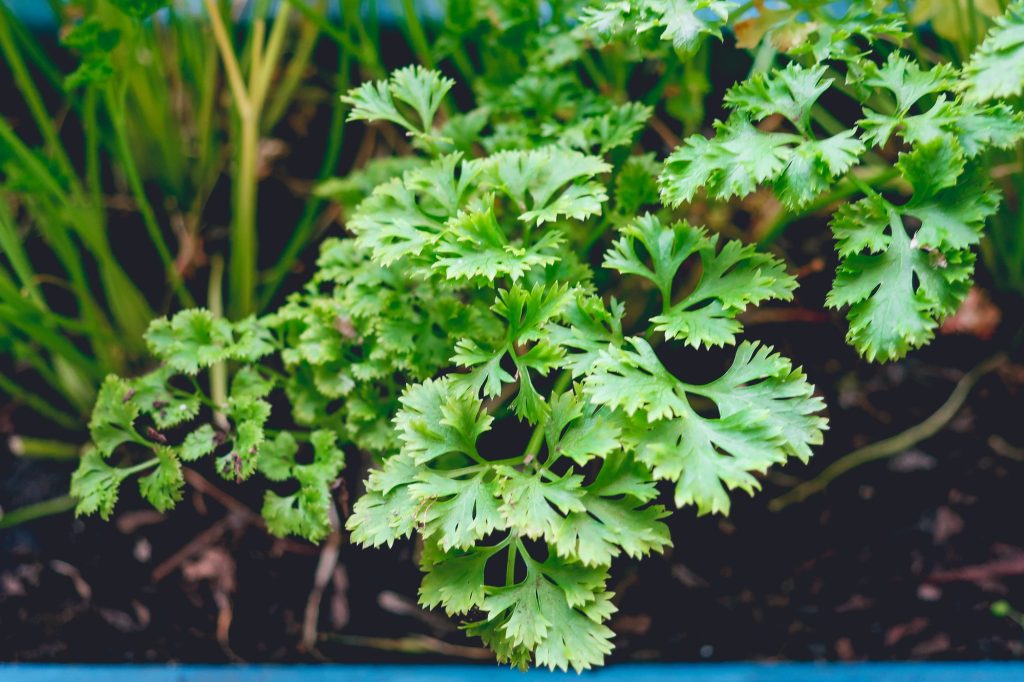
Parsley is one of the most common and easy to grow herbs. The herb is a flowering plant that is a biennial plant that is native to the Mediterranean. Parsley is commonly known for its addition to various cooking, alongside this, the herb is used to treat conditions such as high blood pressure, allergies, and inflammatory diseases.
The bright green-colored herb has a mildly bitter flavor and this makes it perfect for many foods. The plant can be used both dried and fresh. The herb comes in different varieties, which also results in different flavors.
Parsley enjoys being placed in full sun, of about 6 to 8 hours of direct sunlight, however, if you live in a hot climate, your plant will tolerate some covering/shade from the afternoon sun.
Parsley grows best in loamy soil, which is rich in organic matter, the soil has to be well-draining to prevent overwatering, and the soil pH also has to be either slightly acidic or neutral. Parsley loves to be kept in moist soil; however, it has zero tolerance for soggy soil.
We recommend that you grow your parsley in temperatures between 50 to 70 degrees F. Parsley can be grown indoors or outdoor, as long as it is provided with adequate light.
4. Sage
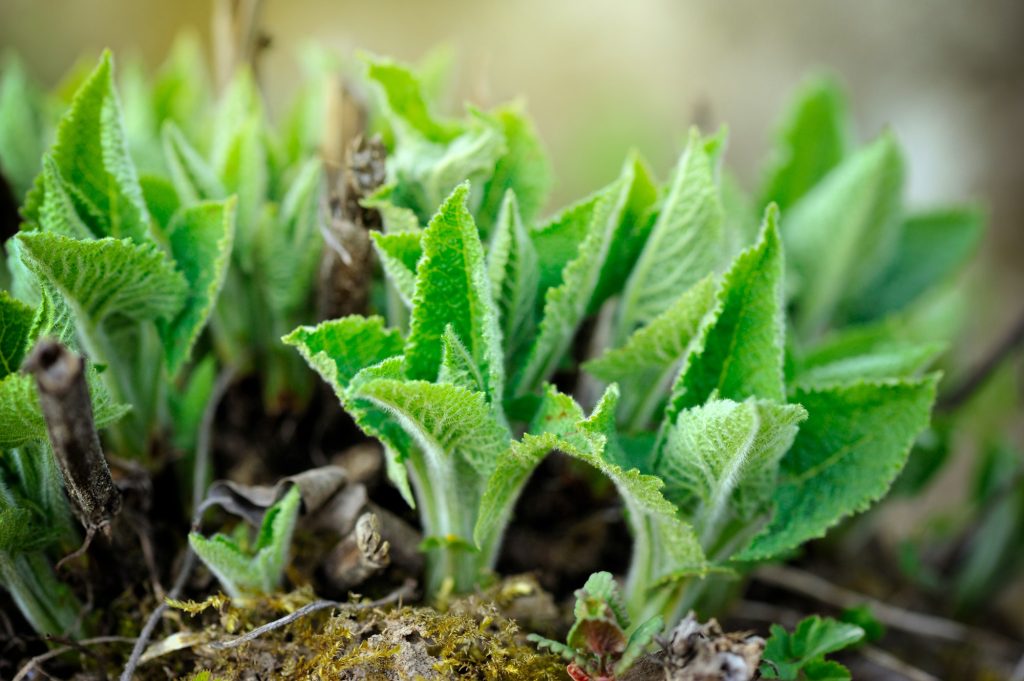
Sage is one of the easiest perennial herbs to grow. It is characterized by its pale, velvet soft graying green leaves. The plant is a member of the mint family and is native to the Mediterranean.
Sage is popularly known for both culinary purposes and medicinal purposes such as improving memory and resolving stomach issues. Sage comes in different and various varieties, including some varieties that are mainly ornamental. Sage is commonly known as a shrub that grows wider than it grows taller.
Sage is best grown in spring or fall; the seed can be planted weeks ahead of the last spring frost date and then placed outside afterward. Sage will thrive best when provided with adequate light and a covering from the afternoon sun.
It enjoys sandy or loamy soil, as long as it is well-draining and has a soil Ph that is acidic or neutral. Sage needs to stay moist at all times, however, ensure it is not soggy.
5. Thyme
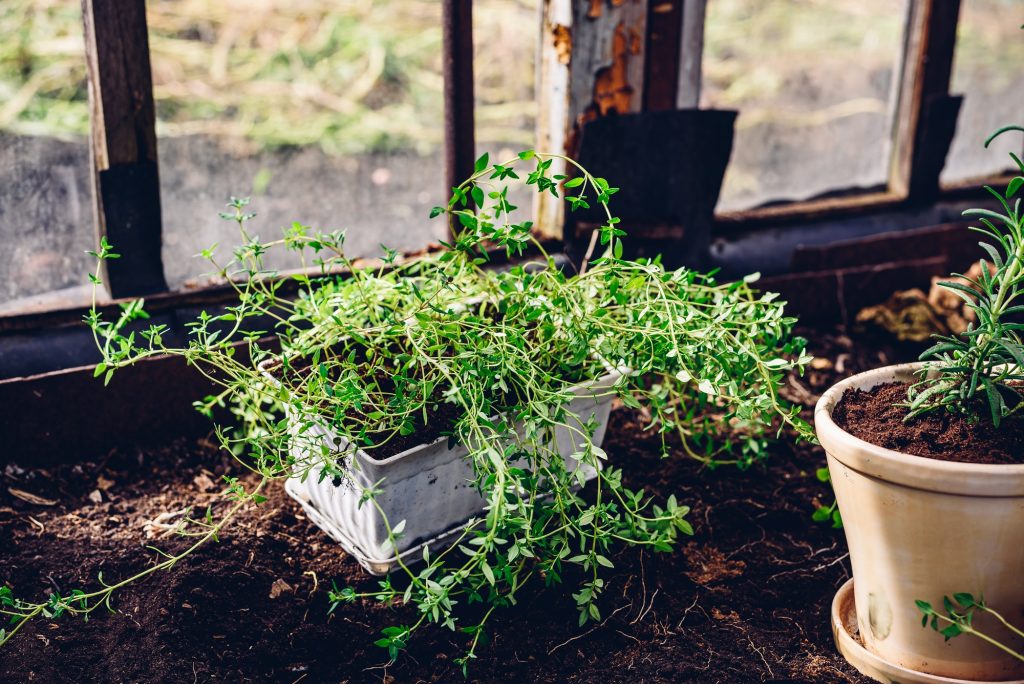
Thyme is a hardy perennial, native to the Mediterranean. Apart from its uses for cooking and curing illnesses, thyme is loved by gardeners because it is drought tolerant. Also a member of the mint family, the plant has many subspecies, well over 400.
Although thyme is majorly known for adding flavor to various dishes, it is also getting known for its medicinal purposes i.e., lowering blood pressure, increasing one’s mood, etc.
Thyme is known to grow best in almost dry and sunny conditions, alongside this, thyme is loved because it is an easy-to-grow plant and reaches maturity on time. The most important of thyme care is the sun; the plant thrives best when it is provided with full sun.
Contrary to many other plants, thyme enjoys growing in sandy or loamy soil it can grow in rocky gravel, do not also forget that thyme can be grown inside, in pots or containers, however, if you will be growing in pots or containers, ensure it is a big one, this will allow the thyme space to spread.
Watering thyme should be done occasionally.
6. Chives
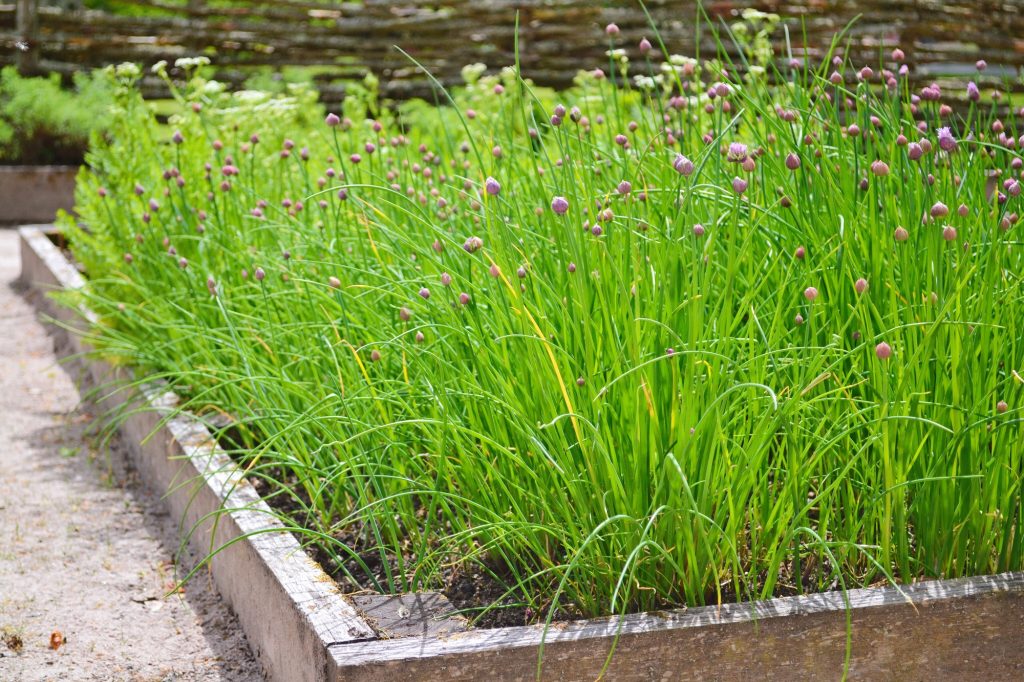
Chives are a popular member of the lily family; this lovely herb is mostly grown for its leaves and flowers. Chives are a popular herb, in the kitchen, it has a mild onion flavor, and, if you are wondering how chives are used, just think of how onion and garlic are used and you have it.
Chives can be planted in containers, both alone and as companion plants. Chives are mostly loved among gardeners because it is one of the easiest herbs you can grow, they are also fast-growing, and chives will reach maturity in about two months after planting a seed.
Chives will appreciate being placed in full sun, although they can be placed in partial shade, it will affect the flowers and may restrict them from blooming.
Chives, like many other herbs, will grow best in rich, well-draining soil. Although chives are drought-tolerant, we would not recommend that you neglect your plant. Ensure you water them as often as possible, especially in the hot and dry seasons.
7. Mint
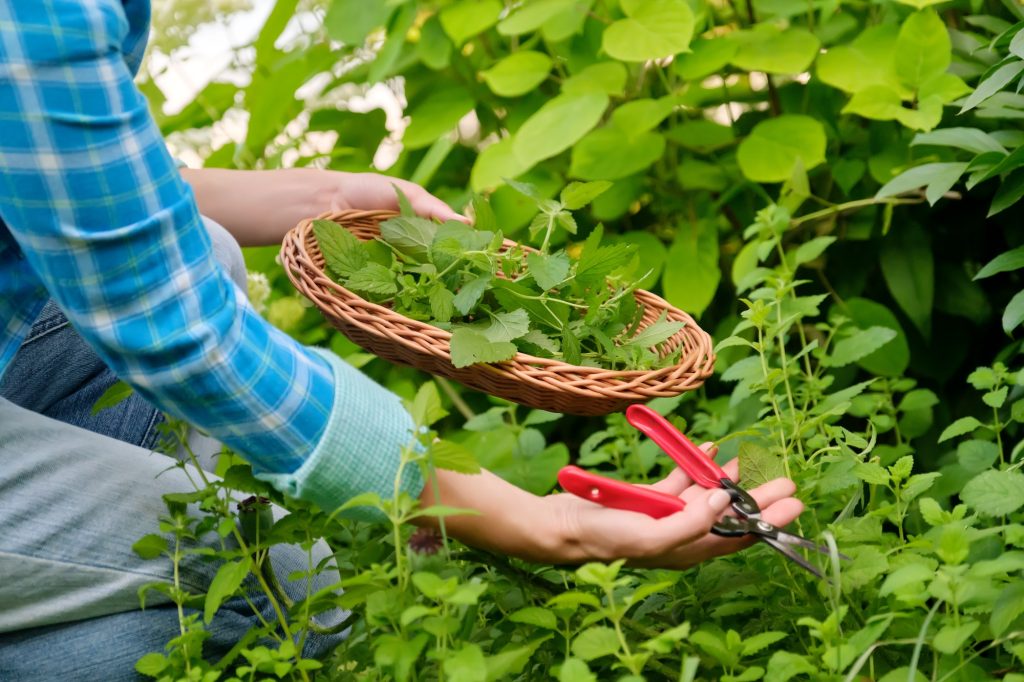
Who doesn’t love a sprinkle of mint in their delicacies? Mint belongs to the Lamiaceae family, with about 20 species.
Mint is one of the most popular herbs there is, used either fresh or dried in various dishes, it is identified as one of the herbs that offer a range of antioxidant qualities and health benefits.
Mint plants prefer to be grown in part shade, they will also grow in full sun, as long as they will be watered as often as possible.
Mint will adapt to any soil type, however, we would recommend that you plant them in rich, well-draining soil, with a slightly acidic to neutral ph. It is best to keep the soil moist, especially during the dry seasons, but ensure it is not soggy or overwatered.
8. Dill
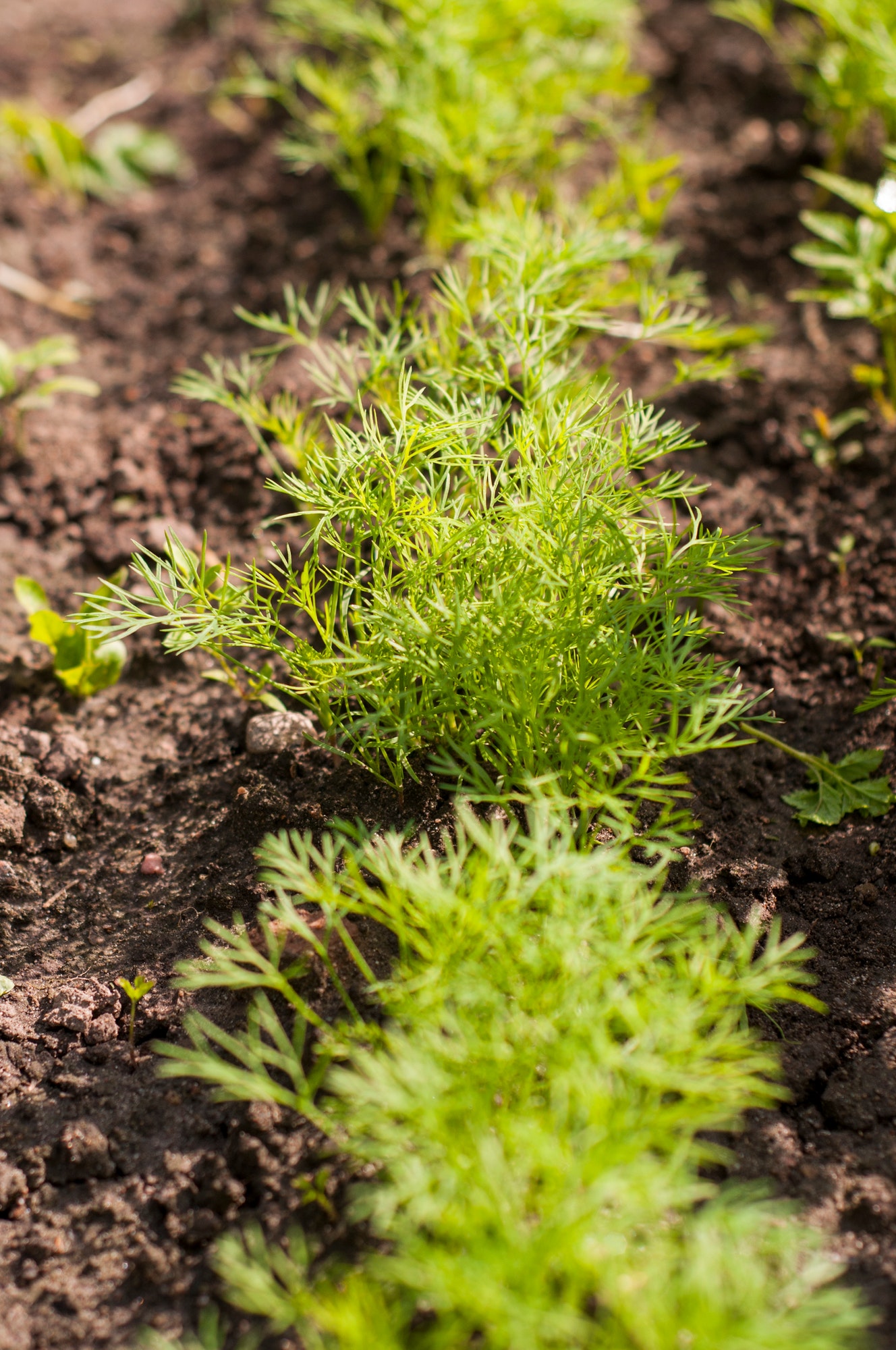
Dill is popularly known for culinary purposes, the herb is native to Europe and Asia. The plant is grown for both leaves and seeds, all of which can be used for a variety of dishes.
Dill is loved among gardeners because of its ornamental foliage, it attracts butterflies as well as pollinators, most especially, and dill is loved for its easy and fast-growing nature.
Dill should be placed where it will receive full sunlight for about 6 to 8 hours daily. You will do well to grow your dill in rich and well-draining soil, although dill can grow in any soil PH, it is preferable to grow them in slightly acidic soil. Ensure your herb is moist, while also making sure it is not soggy or overwatered.
9. Oregano
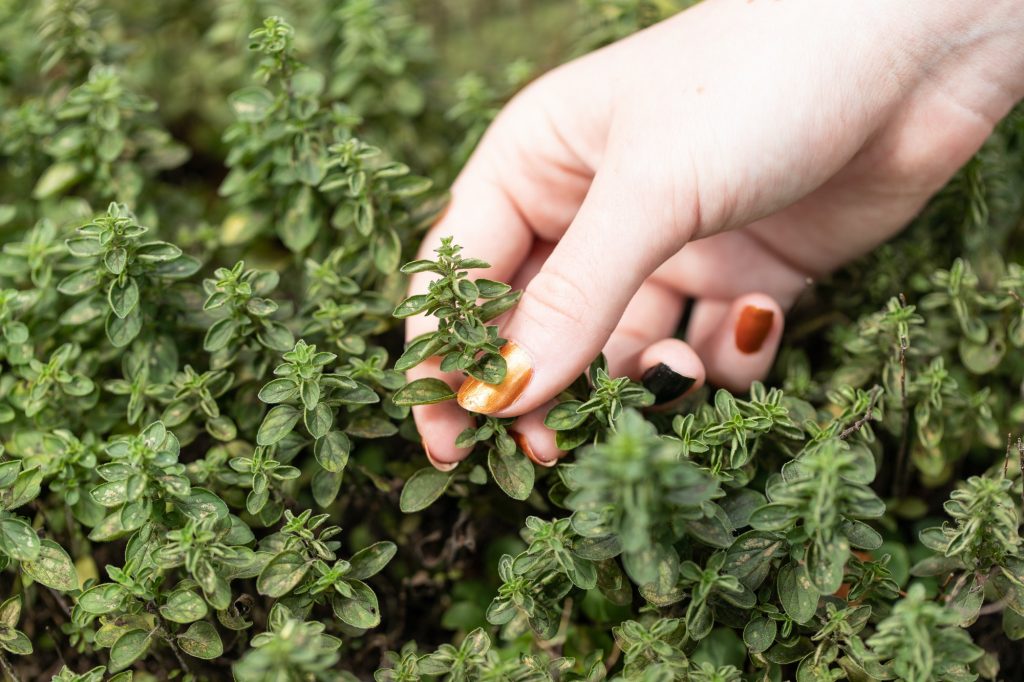
Oregano is a popular perennial herb among many Italian, Mexican, and Spanish chefs. The herb is native to western Asia and the Mediterranean.
Talk about an herb that is easily grown in gardens, pots, and containers? Oregano is your go-to herb. The plant is characterized by its dark, oval green leaves.
Oregano comes in different varieties; however, their care is similar. All other varieties of oregano enjoy being placed in full sun, however, if you are growing golden oregano, it is best to place it in part shade, to avoid leaf scorch. Oregano grows best in sandy-loamy soil, ensuring it is moist, well-draining, and rich in organic matter.
10. Lemongrass
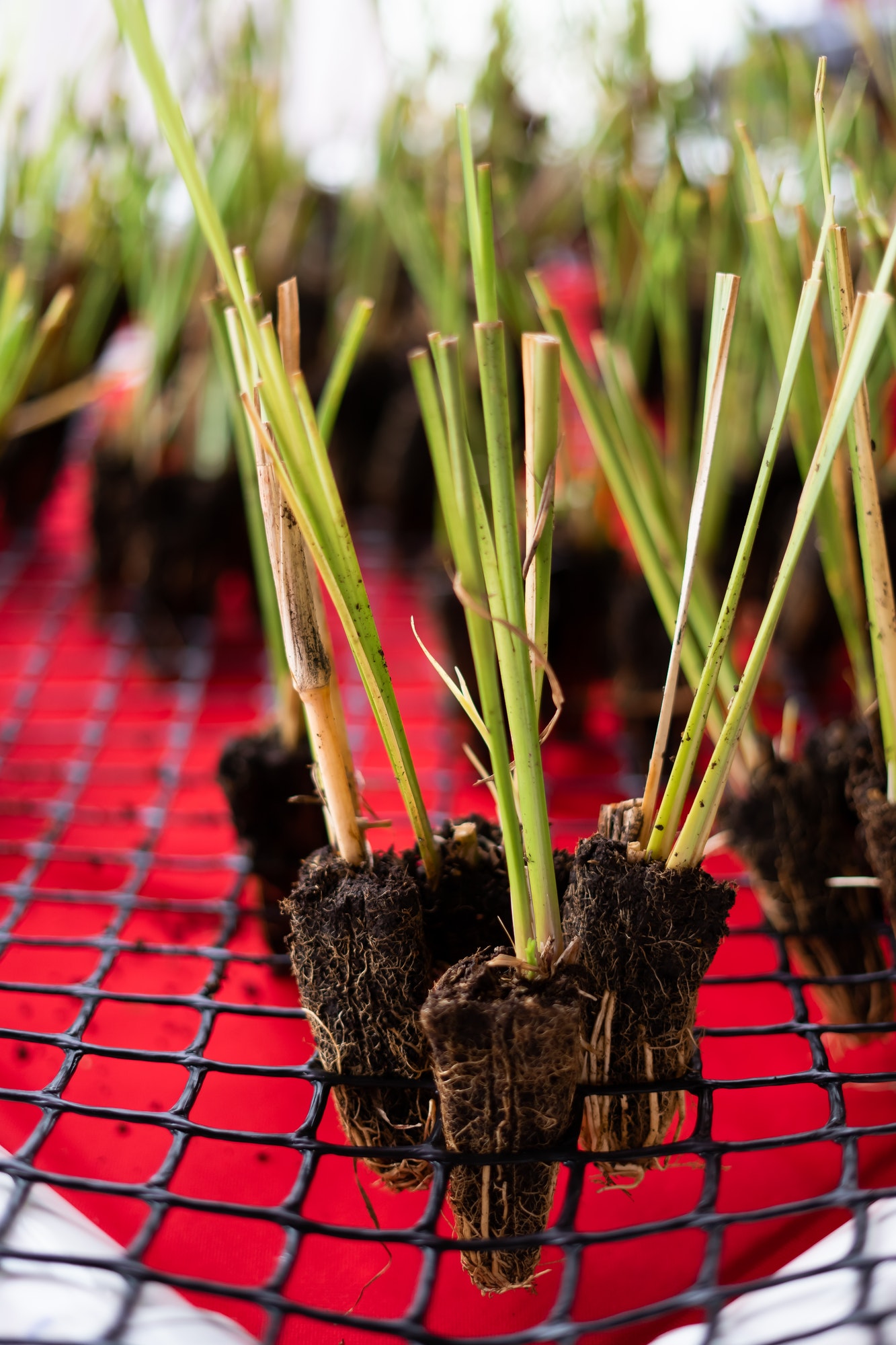
Most herbs are used for both culinary and medicinal purposes; however, the beloved lemongrass can be used as an ornamental plant, as well as a culinary and medicinal plant.
The burgundy and red colors make the garden and home colorful. Lemongrass is one of the easiest herbs you can grow. Lemongrass enjoys being placed in full sun, for about 6 to 8 hours daily, this includes during hot climates.
Lemongrass thrives best in moist soil. We recommend that lemongrass be watered as often as possible, however, ensure it is not overwatered.
Final Thoughts
Herbs make a great addition to your meals, they can also be used for ornamental and medicinal purposes, it is best to keep them handy and one means of doing so is to have them in your garden.
Although these herbs are easy to care for, most of them have subspecies or varieties, in some cases, these varieties and subspecies can have a slight change in their care routine.
It is recommended that you inquire about the type you are growing and care for them as peculiar to the plant.
More from growing herbs:

